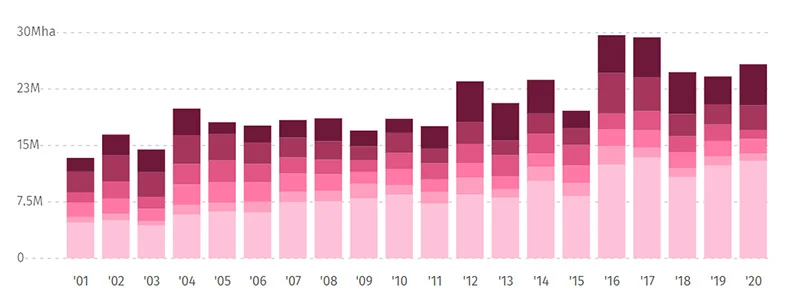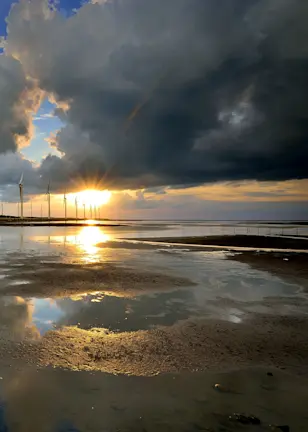Disclaimer
Confermo di essere un cliente professionale
Le informazioni e le opinioni contenute in questa sezione del Sito cui sta accedendo sono destinate esclusivamente a Clienti Professionali come definiti dal Regolamento Consob n. 16190 del 29 ottobre 2007 (articolo 26 e Allegato 3) e dalla Direttiva CE n. 2004/39 (Allegato II), e sono concepite ad uso esclusivo di tali categorie di soggetti. Ne è vietata la divulgazione, anche solo parziale.
Al fine di accedere a tale sezione riservata, si prega di confermare di essere un Cliente Professionale, declinando Robeco qualsivoglia responsabilità in caso di accesso effettuato da una persona che non sia un cliente professionale.
In ogni caso, le informazioni e le opinioni ivi contenute non costituiscono un'offerta o una sollecitazione all'investimento e non costituiscono una raccomandazione o consiglio, anche di carattere fiscale, o un'offerta, finalizzate all'investimento, e non devono in alcun caso essere interpretate come tali.
Prima di ogni investimento, per una descrizione dettagliata delle caratteristiche, dei rischi e degli oneri connessi, si raccomanda di esaminare il Prospetto, i KIIDs delle classi autorizzate per la commercializzazione in Italia, la relazione annuale o semestrale e lo Statuto, disponibili sul presente Sito o presso i collocatori.
L’investimento in prodotti finanziari è soggetto a fluttuazioni, con conseguente variazione al rialzo o al ribasso dei prezzi, ed è possibile che non si riesca a recuperare l'importo originariamente investito.
Sustainable investing
Deforestation
Deforestation is the deliberate removal of forest or tree cover, usually for land clearance or commercial use of the timber. It is a major contributor to climate change, since trees act as a carbon sink that absorbs carbon dioxide from the atmosphere and replaces it with oxygen. More than 20% of the world’s oxygen is generated in the rapidly diminishing Amazon, acting as the world’s lungs.
About six billion trees are lost globally every year, mostly due to the imbalance between those cut down and those replanted.1More than 300,000 square kilometers of forest or woodland is lost every year – an area the size of Germany or Vietnam – and one-quarter of the Amazon rainforest has already been destroyed.2 The focus has been on intentional deforestation rather than naturally occurring tree loss due to bush fires, earthquakes or tree disease.
The loss of so many trees each year accounts for 17% of global warming, according to the World Economic Forum.3 Deforestation is now the most prevalent form of environmental destruction, particularly when forest is burnt instead of being cut down for logging. In addition to the tree loss, the burning has significantly added to atmospheric pollution.
Global annual tree loss
From 2001 to 2020, there was a total of 411Mha of tree cover loss globally, equivalent to a 10% decrease in tree cover since 2000 and 165Gt of CO2 emissions.
An historic problem
However, it is important to note that this is not a new phenomenon in emerging markets: much of the west has already been deforested over many centuries of urban expansion. Before the industrial revolution, forests covered an estimated 80-90% of Europe; today, the figure is about 37%. 4 Up to half of all the world’s primeval forests have been lost to human activity in recorded history.
Much deforestation is caused by western consumption: the EU was responsible for 16% of global tree loss due to imports from countries where deforestation is prevalent in 2017, totaling 2,000 square kilometers of land, according to the World Wildlife Fund.5
Deforestation can be countered by extensive reforestation, and could even combat climate change, as studies found planting one trillion trees would be enough to stop global warming. Such a planting campaign would require 9 million square kilometers of land, an area the size of the United States. The tree planting could be targeted at about 20 million square kilometers of deserts, wastelands and areas where the soil has been degraded due to over-intensive agriculture, the UN has said.

Deforestation is also a major threat to indigenous communities who rely on the forest for their livelihoods, and to animal life and biodiversity. The displacement of orangutans due to deforestation for palm oil plantations was the subject of an emotional advertising campaign in 2019. Robeco has ongoing engagement campaigns on sustainable palm oil and on protecting biodiversity.
Stopping deforestation requires strong action from governments, though the political will has been lacking in developing nations. The Brazilian government has openly encouraged forest clearance in the Amazon following election pledges to enrich developers. Deforestation for palm oil trees is rampant in Malaysia and Indonesia, promoting engagement themes to try to stop it. The lack of governance at both corporate and national level, and poor regulation, are major obstacles to this.
See also:

















